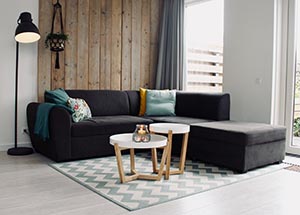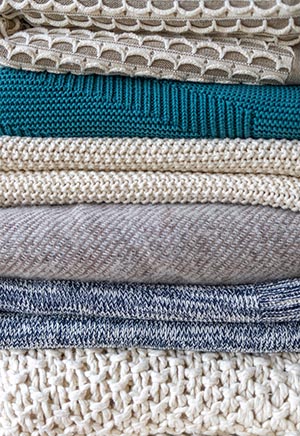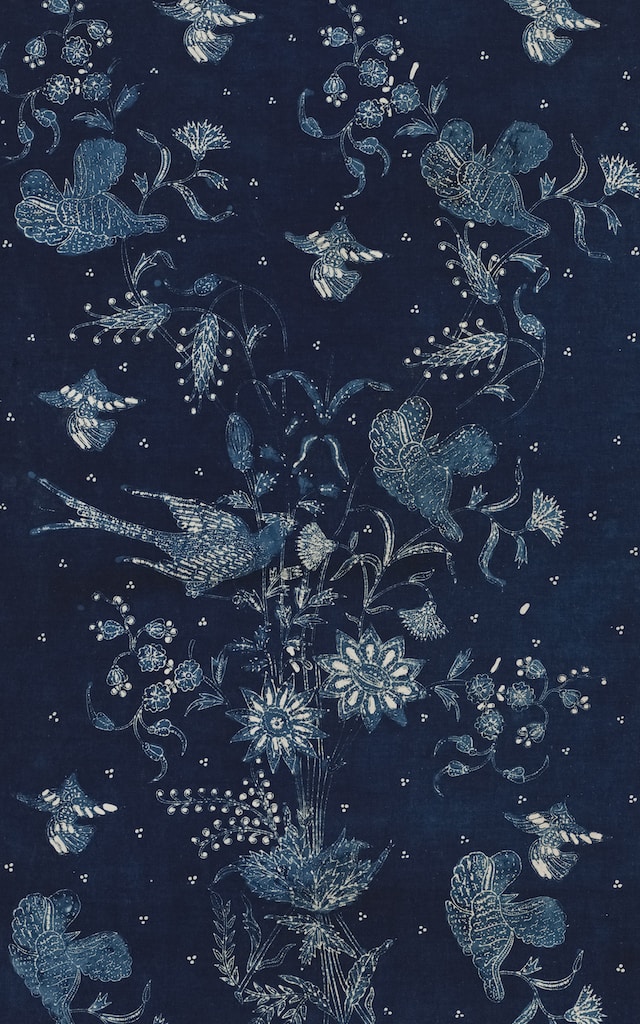
History and cultural significance of Southwestern patterns
southwestern patterns
The history of Southwestern patterns dates back to ancient times, with indigenous tribes creating intricate designs that were often inspired by nature and their spiritual beliefs. These patterns have since become synonymous with the rich cultural heritage of the Southwest region of the United States.
The significance of Southwestern patterns lies in their ability to convey a sense of tradition and connection to the land. The geometric shapes and vibrant colors found in these patterns are not only visually striking, but also hold deeper meanings related to symbolism and storytelling.
Southwestern patterns can be seen on a variety of items, from traditional clothing and pottery to modern home decor and art pieces. They continue to be popular in fashion and design, both for their aesthetic appeal and the historical significance they carry.
Overall, Southwestern patterns serve as a reminder of the enduring legacy of indigenous cultures in the Southwest and their contributions to art and design. They provide a glimpse into a world rich in history, tradition, and creativity that continues to inspire people today.


